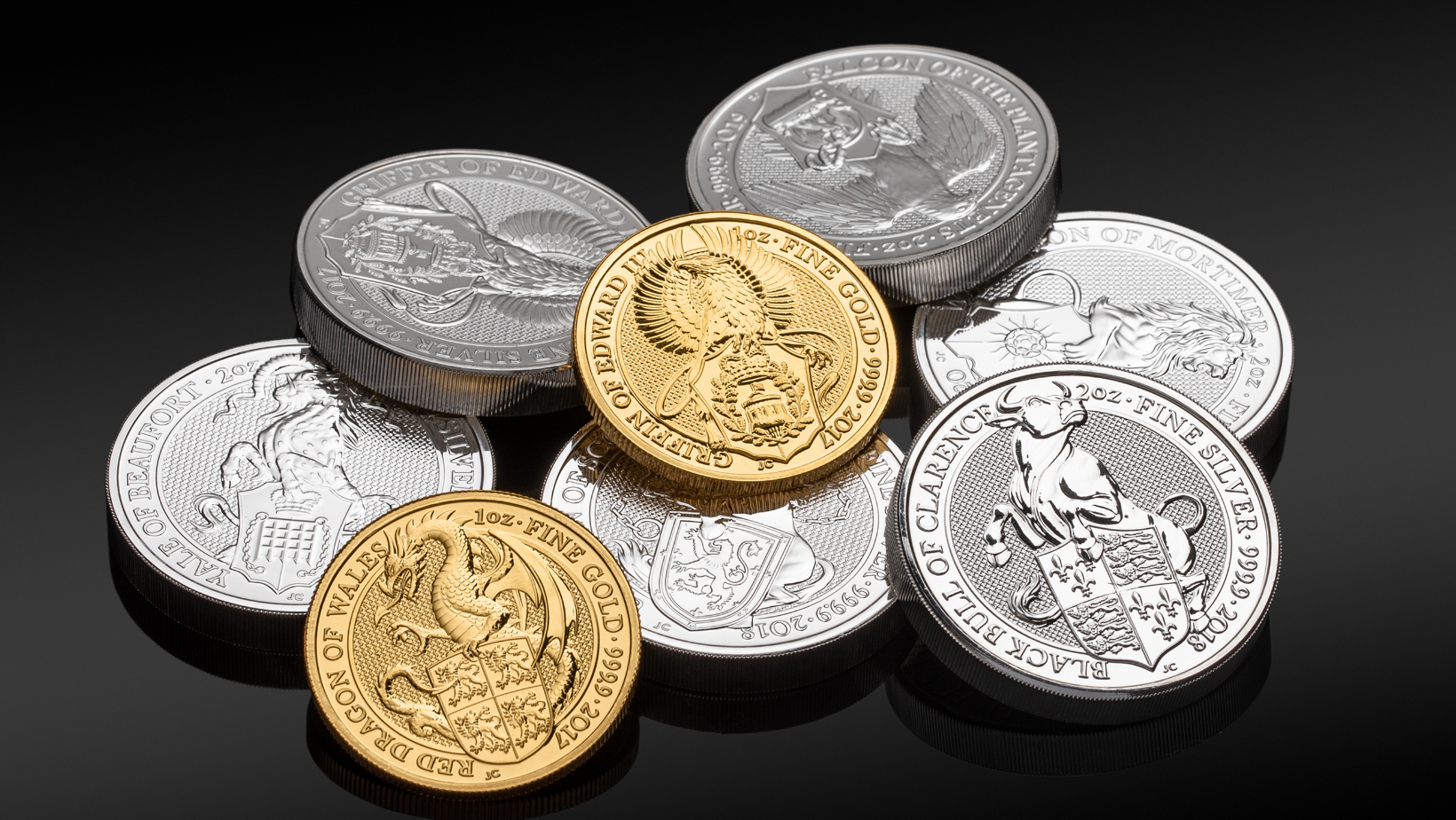Investing in gold and silver coins has long been a trusted strategy to protect wealth and broaden investment portfolios. But the questions arise: “Are gold coins pure gold?” or “Which coins are pure silver?” Ensuring the purity of these precious metals is crucial for both novice and seasoned investors. Let’s delve into the methods and tips for testing the purity of gold and silver coins, ensuring you get genuine value for your money.
Importance of Purity in Precious Metals
Pure gold or silver content in coins determines their intrinsic value. The purity of gold is often expressed in karats, with 24 karat being pure gold. However, coins, due to the need for durability, may not always be pure gold. For instance, the American Gold Eagle, one of the most traded coins globally, is 22 karats, translating to 91.67% gold. Similarly, while some silver coins are pure silver, others might have small percentages of additional metals for durability. Hence, before investing, it’s important to understand and verify the purity of your coins.
Methods to Test The Purity of a Coin
- Visual Inspection
Begin with a thorough visual examination. Authentic gold and silver coins often showcase sharp details, smooth edges, and appropriate weight. However, a visual inspection alone isn’t foolproof. Many counterfeits can replicate these visual aspects, so it’s essential to combine this method with others.
- Magnet Test
Gold and silver are non-magnetic. To perform a magnet test, simply place a strong magnet next to the coin. If the coin is attracted to the magnet, it contains other magnetic metals, indicating it might not be pure gold or silver. It’s important to note that while this test can detect coins with magnetic metals, it cannot confirm the purity of a coin on its own, as some counterfeits may use non-magnetic metals as well.
- Electronic Testing
Electronic gold and silver testers are modern tools offering non-invasive testing. By measuring the metal’s conductivity, these devices can determine the coin’s purity with a fair degree of accuracy. However, ensure that the electronic tester you use is calibrated correctly and is designed to detect the specific purities you’re investigating.
- Specific Gravity Test
Gold and silver have specific densities. By calculating a coin’s specific gravity, you can estimate its purity. This method involves weighing the coin in air and then weighing it submerged in water. Using the difference in weights and the known density of pure gold or silver, you can ascertain the coin’s purity.
Tips and Recommendations
- Understand the Coin’s Origin: Research what coins are pure gold or silver. For instance, the Canadian Maple Leaf gold coin boasts 24-karat purity, while the American Silver Eagle is a pure silver coin.
- Invest in Reliable Testing Equipment: If you’re a regular investor or collector, consider investing in reputable electronic testers. These devices, while a bit pricey, offer accurate, non-destructive tests for your coins.
- Consult Experts: When in doubt, seek expert opinions.
The Gold Guys are Here to Help
While many coins are known for their pure silver content, others might not offer the same level of purity. As an investor or collector, ensuring the authenticity and purity of your coins safeguards your investment. Whether you’re curious if a specific coin is pure silver or gold, understanding and employing appropriate testing methods is crucial. And remember, for expert insights and evaluations, The Gold Guys are always here to help.

